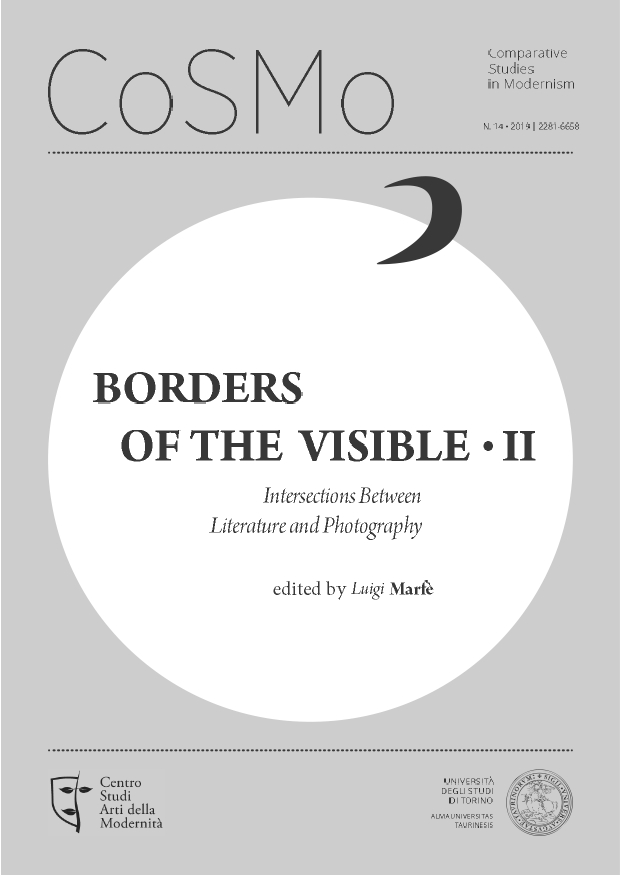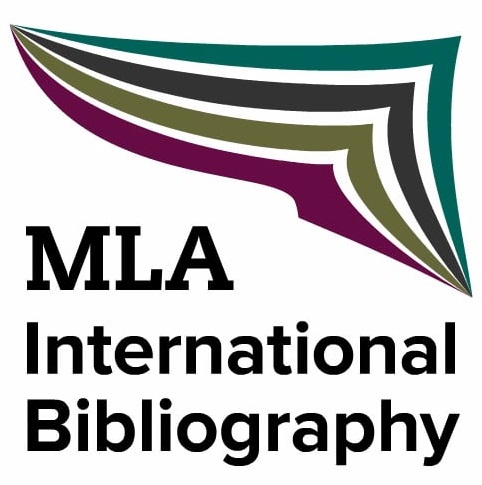Virginia Woolf’s “Imageographie”: On New Paths in the Modernist Text-Image Interconnection
DOI:
https://doi.org/10.13135/2281-6658/3440Parole chiave:
Modernism, Virginia Woolf, photography, painting, cinema, theory of artAbstract
The complexity of the relationship between Modernism and the visual arts involves consideration of the key theoretical crux of how and to what extent images reproduce reality. The cinema in particular has exerted a strong influence on Modernist writers as the novelty of the medium, and the new possibilities it offered, could not but arise the interest of writers that were at work with new, experimental modalities of writing. Yet in Modernist writers, as it happens in major theoretical reflections on the ʻrepresentationalʼ arts, the exploration of the relationship between images and words was a syncretic one, activating a dynamic interchange between words and pictorial, photographic and cinematic images (and narration). The article starts from these premises to consider a recent work in the field, Adèle Cassigneul’s Voir, observer, penser. Virginia Woolf et la photo-cinématographie (2018), which fills the gap of the less explored relationship between Modernism and photography while also proposing new aesthetic and poetic interpretative categories, such as Woolf’s photo-cinématographie and imageographie.Downloads
I dati di download non sono ancora disponibili.
##submission.downloads##
Pubblicato
2019-06-28
Fascicolo
Sezione
Letture
Licenza
Gli autori mantengono i diritti sulla loro opera e cedono alla rivista il diritto di prima pubblicazione dell'opera, contemporaneamente licenziata sotto una Licenza Creative Commons - Attribuzione che permette ad altri di condividere l'opera indicando la paternità intellettuale e la prima pubblicazione su questa rivista.







